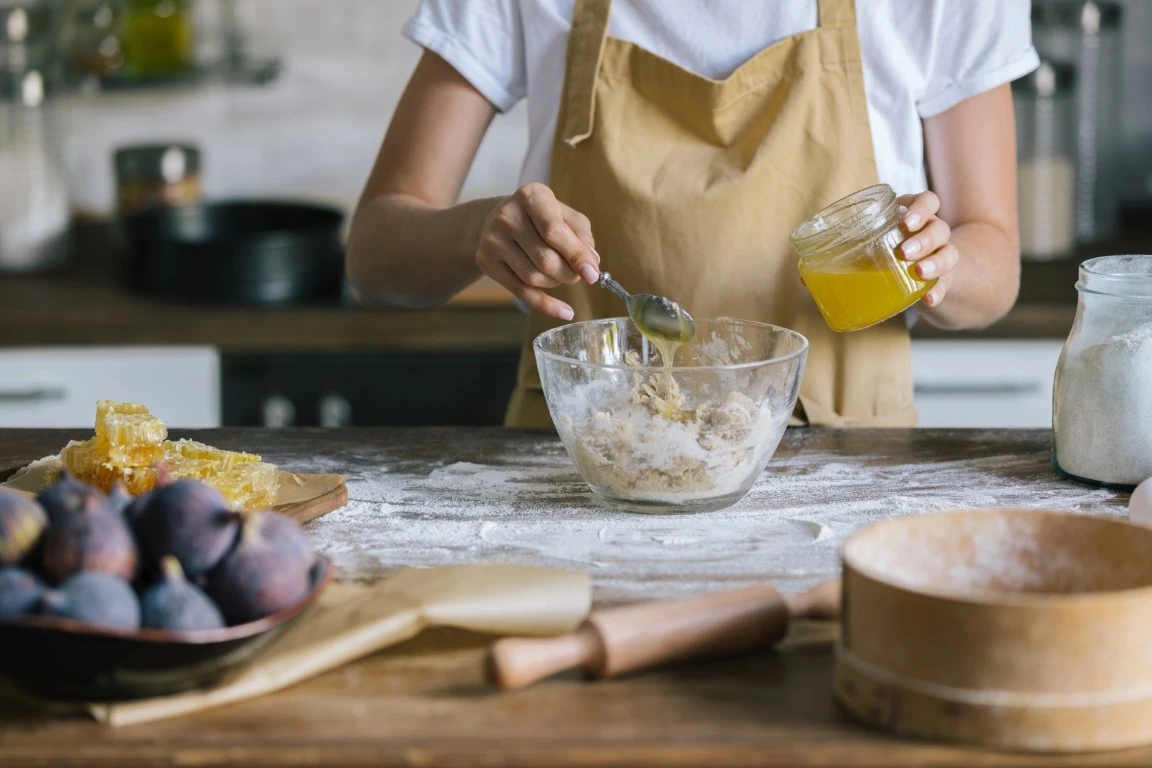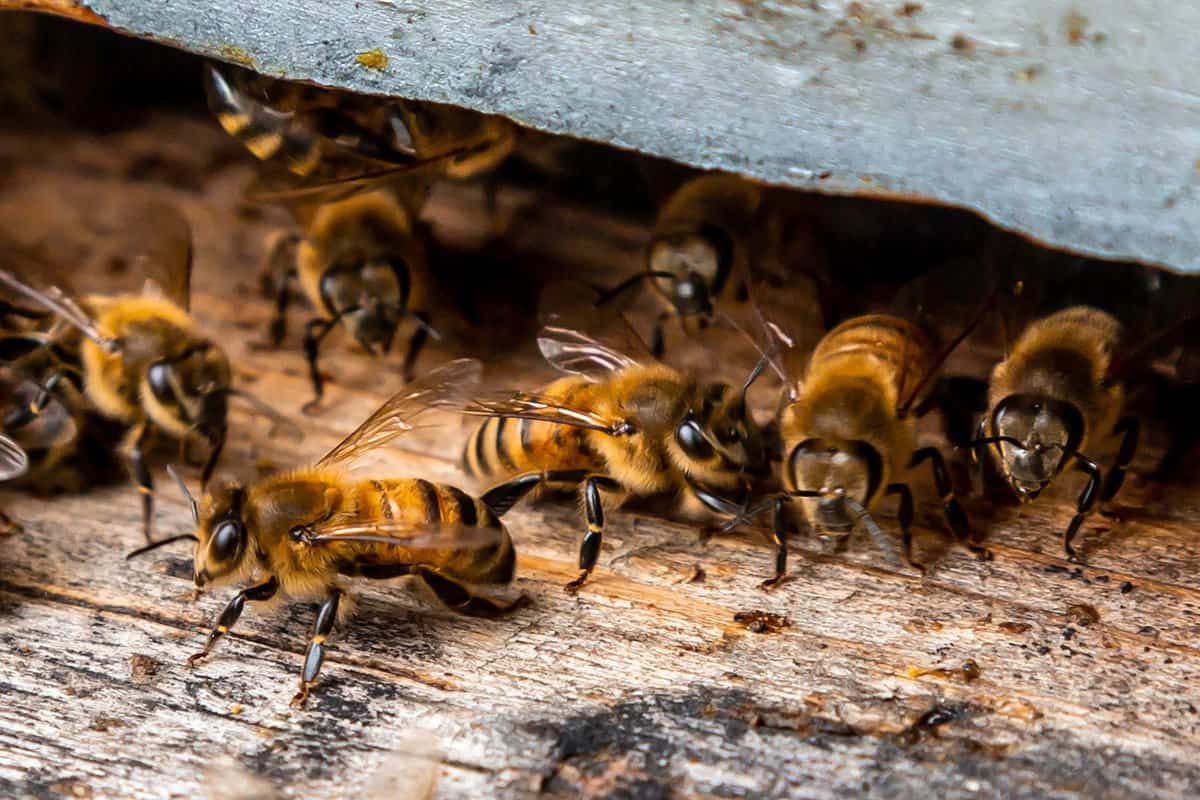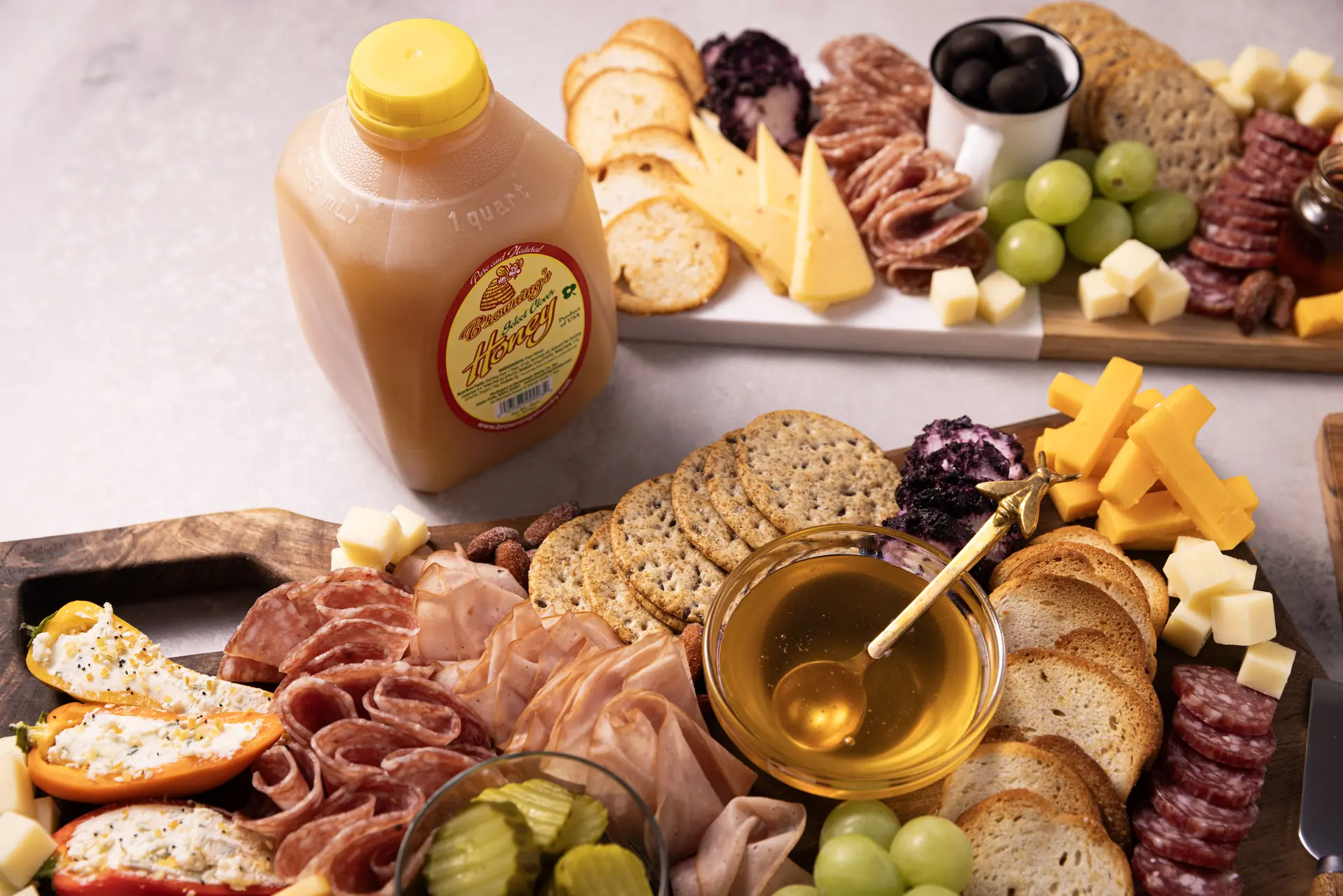Your cart is currently empty!
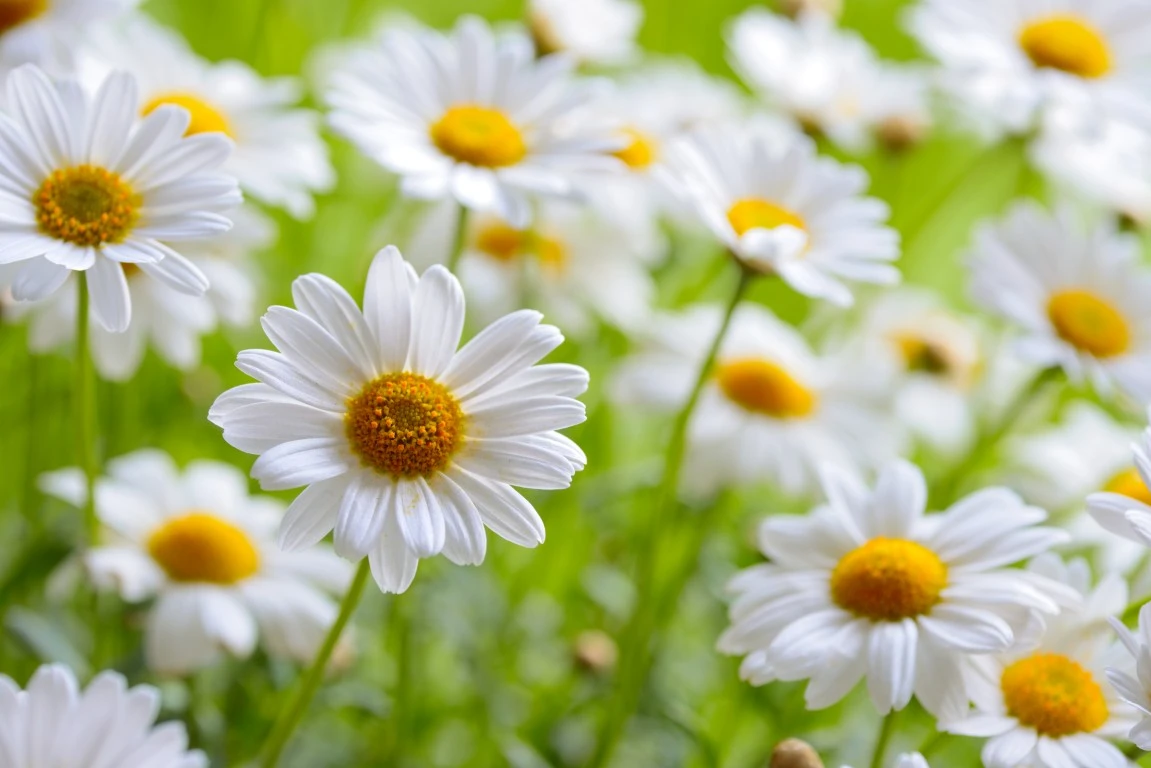
Honey Tasting Guide: Exploring Different Floral Varieties
August 29, 2025
Table of Contents
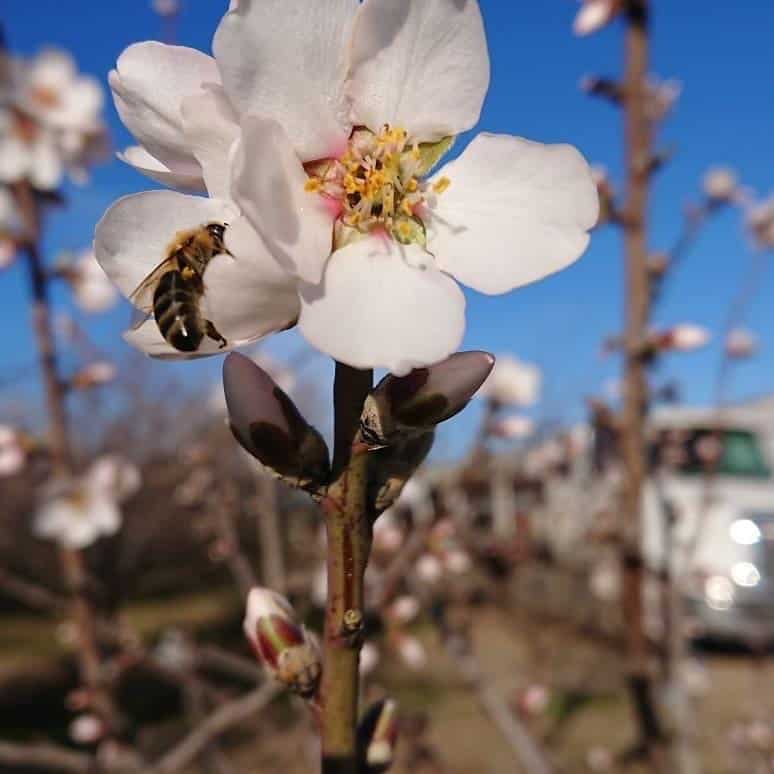
Honey isn’t just a sweetener; it’s a sensory experience. Just like wine or coffee, each type of honey has distinct flavors, aromas, and textures depending on the flowers the bees visit. By learning how to taste honey properly, you can discover a whole new world of flavor notes and pairings that make each variety unique.
How to Taste Honey Like a Pro
When tasting honey, take your time and focus on your different senses:
Appearance — Observe the color and clarity. Honeys range from almost clear to a deep amber.
Aroma — Inhale deeply. Some honeys smell floral and light, while others carry earthy or woody notes.
Texture — Note the feel of the honey. Is it smooth, creamy, velvety, runny, or gritty? Note any signs of crystallization.
Flavor — When the honey hits your tongue, identify the sweetness levels, subtle floral or earthy undertones, and even hints of spice, fruit, or herbs.
Finish — Pay attention to the aftertaste. Some varieties leave a quick burst of sweetness, while others linger with complex layers.
Popular Floral Varieties of Honey
Each floral source offers a unique flavor profile worth exploring:
Clover Honey — Clover honey is mild and sweet in flavor. It’s a staple in most kitchens and a favorite for adding to tea, baking with, and using every day. It is produced in North America and Europe.
Wildflower Honey — Because of the blend of different blooms, this honey offers a complex and ever-changing taste depending on the season. It works well in tea, smoothies, salad dressings, and marinades. It has antioxidants, enzymes, and amino acids that support immune health.
Orange Blossom Honey — This honey is light, citrusy, and floral, pairing beautifully with fresh fruit, cheeses, and yogurt. It is also used in natural health remedies and skincare. It is produced primarily in Florida, California, Spain, and Mexico.
Lavender Honey — Lavender honey is fragrant and aromatic, with a calming floral sweetness. It works well in tea and paired with cheese, as well as a natural remedy for relaxation and stress relief. It is produced in France, Spain, and Italy, where lavender fields are abundant.
Buckwheat Honey — Buckwheat honey is dark, bold, and malty with hints of molasses. Its thick consistency works well in baked goods, strong drinks such as coffee, and savory dishes for added depth. It is produced primarily in North America, with some in Europe.
Acacia Honey — Acacia honey is light in color, delicately sweet, and slow to crystallize due to the high fructose content. Use this variety to sweeten drinks and drizzle over pancakes, yogurt, or dessert, or in cosmetics or skincare to soothe tired, irritated skin. It is primarily produced in Hungary, Romania, and the United States.
Eucalyptus Honey — This honey is slightly herbal with cooling notes, offering a refreshing twist. It is often used in teas to relieve coughs, sore throats, and colds, though it also works well in savory dishes and paired with strong cheeses. It is produced in Australia, Spain, and South America.
Manuka Honey — Manuka honey is rich, earthy, and medicinal, often valued for its health benefits. It is used to heal wounds and soothe sore throats, as well as in smoothies, tea, and baking. It is mainly produced in New Zealand, with some production in Australia.
Heather Honey — Heather honey is strong and herbal, with a slightly bitter and earthy flavor. It is dark-colored and commonly produced in Europe and the United Kingdom. It is used in both sweet and savory dishes, as well as tea. It also helps aid digestion and soothe sore throats.
Pairing Honey with Foods and Drinks
Just like wine, different honeys complement different foods:
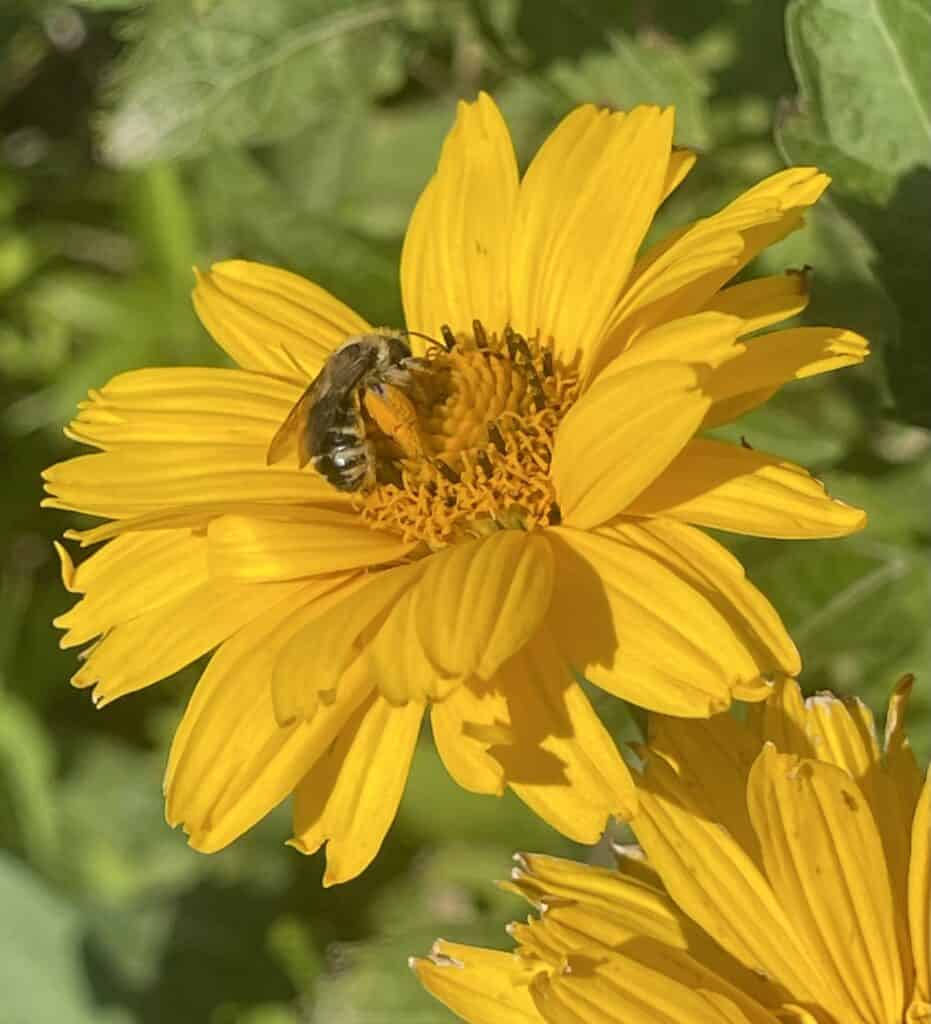
Cheese Boards — Pair lavender or acacia honey with soft cheeses, or buckwheat honey with aged varieties.
Beverages — Add orange blossom honey to tea or clover or buckwheat honey to coffee.
Savory Dishes — Use wildflower or eucalyptus honey in glazes for roasted vegetables or meat.
Desserts — Drizzle lavender or orange blossom honey over ice cream or cakes.
Don’t Stick With One Kind of Honey
When you taste honey, you go on a journey through nature’s diversity. Each floral variety tells the story of the flowers, seasons, and regions where bees gathered nectar. By slowing down to take note of the color, aroma, texture, and flavor, you’ll gain a deeper appreciation for the artistry of bees and the richness of honey. Whether you’re pairing it with cheese, drizzling it over desserts, or enjoying it straight from the spoon, exploring different honeys is a simple way to bring more flavor and curiosity to your table.

